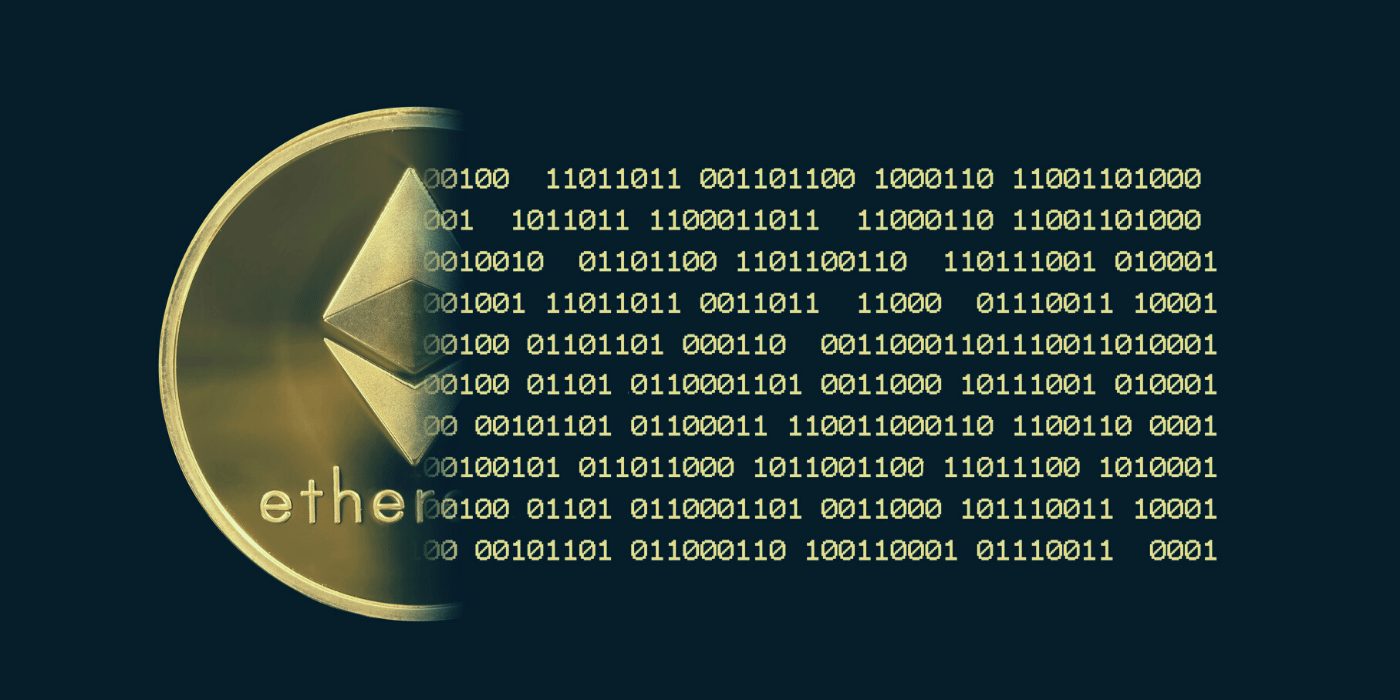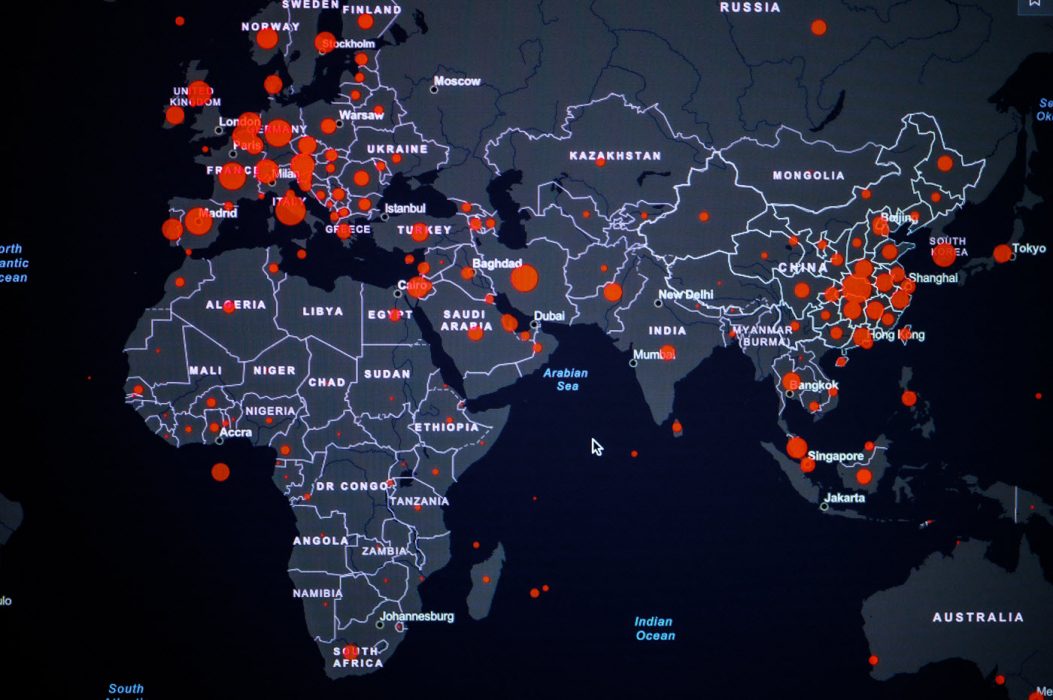Ethereum co-founder Vitalik Buterin says he’s not worried about the potential of another hard fork following the Merge that’s set to take next month, claiming that proponents of a proof-of-work consensus mechanism “want to make a quick buck” and that it is “unlikely to succeed”.
The Merge upgrade will see the ecosystem move from a proof-of-work (PoW) consensus mechanism to a more sustainable proof-of-stake (PoS) mechanism that will improve the efficiency of the project and dramatically reduce its environmental impact.
Ethereum recently deployed its 10th shadow fork in preparation for the Merge. While the impending event has brought much excitement to the community – with Buterin more excited than most – it has also garnered a lot of criticism and speculation.
Least happy about the Merge are Ethereum miners who stand to lose income. To offset this potential loss, some are pushing against it and propose a potential continuous “ETH PoW” chain post-upgrade.
Miners Push for PoW to Sustain Their Investment
While interest in ETH PoW has been driven by Ethereum miners such as Chandler Guo, PoS will allow Ethereum to rely on a trusted network of validators, effectively eliminating its mining for good. In response, miners may try to continue the PoW chain to sustain their investment.
Tron founder Justin Sun has emerged as one of the prominent investors who support a hard fork to keep the money flowing. He has said there is nothing wrong with preserving ETH’s PoW system, despite the benefits a PoS consensus mechanism can provide:
As the founder of a proof-of-stake blockchain, I believe that proof-of-work has its own unique value. In fact, we may have underestimated the value of Ethereum as the only proof-of-work smart contract blockchain.
Justin Sun, Tron founder
Buterin has argued that those pushing for a fork are “just a couple of outsiders that basically have exchanges, and most just want to make a quick buck”. He added:
So I’m not expecting it to have substantial long-term adoption, just because I think Ethereum Classic already has a superior community and superior product for people pro-proof-of-work.
Vitalik Buterin, Ethereum co-founder
That does not mean we won’t see a few of them try as the project shifts. “If a proof-of-work fork becomes large, then there’s definitely a lot of applications that will have to choose one way or the other,” Buterin said, adding that if ETH PoW gained substantial traction, he expected a lot of market confusion and problems.







